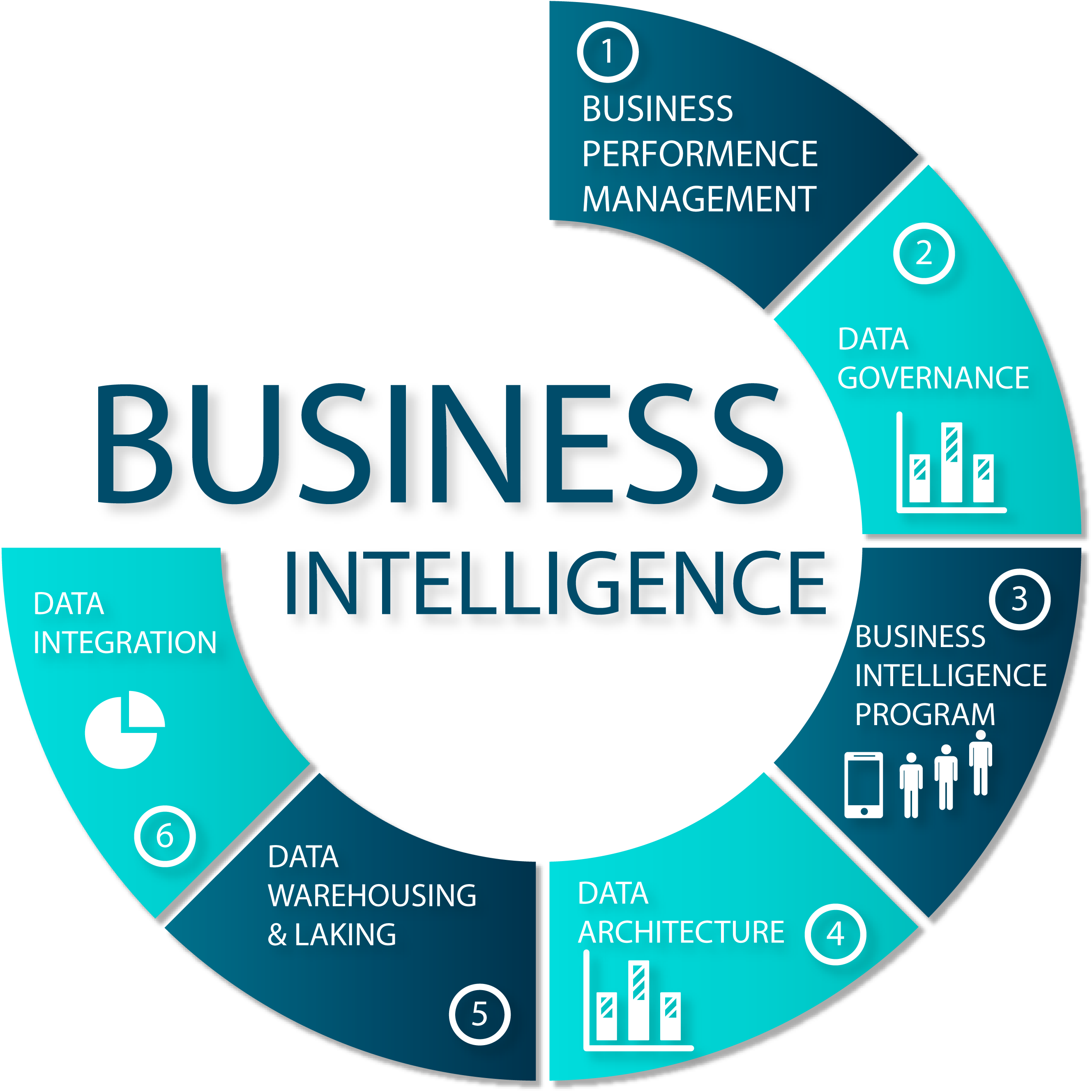Bilytica # 1 is one of the top BI Training intuitive or prehistoric decision-making is now no longer a sure success. An area of transformation in Business Intelligence (BI) training is the need for decisions based upon accurate data and actionable insight so that one can better stay competitive. Therefore, BI training enhances professionals who can analyze data, glean meaningful insights, and ultimately make better decisions to drive growth and efficiency.
Click to Start Whatsapp Chat with Sales
Call #:+923333331225
Email: sales@bilytica.com
Bilytica #1 BI Training

Understanding Core Data-Driven Decision Making
Data-driven decision-making relies on verified data to inform business strategy and operational decisions. This includes:
Data Collection: Accurate and pertinent data gathering from various sources.
Data Analysis: Crunching and interpreting the data to gain insights .
Actionable Insights: To be able to convert analyzed data into practical recommendations or strategies.
The bottom line is that BI Training will have to cut across each stage of the process so that decisions are based on hard evidence from the real world and not assumptions or guesswork .
Enabling Professionals with Analytical Skills
BI training focusses on generating healthy analytical skills within professionals who tend to understand and interpret data. It trains professionals to
Identify Relevant Data: Focus on critical datasets for a particular business question.
Identify Trends and Patterns: Leverage analytical tools in detecting trends that cannot easily be seen.
Conduct Root Cause Analysis: Use data to deduce the causes of challenges that affect businesses.
These skills and education propel professionals from just observing the surface phenomena, which reflects decisions that actually solve the root problems in relation to their organizations.
BI Tools for Data Analysis Proficiency
BI Training offers hands-on experience of leading tools such as Power BI, Tableau, QlikView, and more. These tools just make data analysis easy, so that data visualization is quite simple to the decision maker to;
Develop Dashboards: This integrates KPIs all in one single, interactive interface for real-time tracking.
Generate Custom Reports: They facilitate the production of reports based on the requirements of the business or of specific departments.
Perform Predictive Analytics: History repeats itself by predicting the future outcome through the use of historical data.
These have their skills; thus, professionals handle large amounts of data more promptly and efficiently, hence increasing the ability to make more strategic decisions and strategies instead of getting immersed in analytical work.
Data Visualization and Communication
The contribution of BI Training to decision-making is the ability to visualize effectively. It is on data visualizations that management tools rely to understand a given information in the shortest time possible. BI training empowers the professionals to
Build Visually Intuitive Visualization: Design and build graphs, dashboards that impart intuitive value of seeing the data.
Simplify the Complex Data Set: Simply break up the complex datasets into clear, digestible visuals
Tailor Presentations for Different Audiences: Represent data in ways that play to different audiences, from executives to team members
Effective data visualization ensures that stakeholders can make informed decisions without needing to delve into raw data themselves.

Encourage a Culture of Data-Driven Thinking
This brings about a data-driven culture for organizations that invest in Power BI. Since more employees are now able to interpret and apply data, the organization will benefit in the following ways:
Collaborative Decision Making: With teams discussing strategies, decisions shall be well-rounded.
Reduction of reliance on gut feelings: data becomes the foundation upon which decisions are made, thereby minimizing the risks associated with choices based on gut feelings.
Rapid Adaptation to Change: Real-time insights enable organizations to respond much faster to a shift in the market or a critical internal challenge
Shared language of data: Given that departments would have been trained using BI, collaboration and alignment toward strategic goals become much easier.
Informing Strategic Planning as well as Long-Term Success
BI training is not only aimed at enhancing day-to-day decisions but also lays a critical foundation for long-term strategic planning. An individual with BI skills and expertise can:
Market analysis: This would understand the trends and behavior of customers, having such knowledge on the products to be developed and marketed.
Optimize resource allocation: With data, one manages resources for maximum returns on investments.
Monitoring and adjusting strategy: Track business strategies in real-time and adjust according to real-time data analysis.
The strategic approach ensures that companies not only perform based on the present tasks but also be prepared to face the challenges of their future opportunities.
Data-Informed Decision Making
Any organization often experiences a lag between data gathering and actionable decision-making. BI training bridges this gap through the education of professionals as to how to:
Integrate Data from Various Systems: With multiple systems in place such as CRM, ERP, and marketing systems, this affords the view.
Validate the Credibility of Data: Develop confidence in the reliability and update of data used.
Transformation of Raw Data into Insights: BI training applies sophisticated analytical methods to extract valid and meaningful conclusions from raw data.
Increasing Efficiency and Saving Costs
BI training deals with more efficient decision-making, saving time and cost for organizations. Efficiencies identified include;
Automation Reports: Professionals can have the ability to develop setups for routine report generation that happens automatically, thereby reducing the amount of work a human has to do on such reports.
Identify Cost Saving Opportunities: The data analysis may unveil wastage or waste of resources.
Optimize Processes: BI knowledge ensures a workflow remains smooth with a high productivity level and few operational bottlenecks.
These efficiencies translate into great cost savings, so companies are willing to invest in the training of their people in BI since it has proven to offer a high ROI.
Building a Significant Competitive Advantage
Within a highly competitive marketplace, the sense of intelligence along with the capability to make decisions through clearly defined data creates tremendous sense of advantage. BI training gives the ability to
Identify Market Opportunities: Use analytics to identify opportunities that are not yet exploited by the competition
Improve Customer Experience: Study customer feedbacks and behavior patterns to innovate new products and services
Track Competitors: Monitor the performance of competitors and align with your strategy by using BI tools
Adaptation to Emerging Technologies
BI is an ever-evolving field in which new tools and technologies emerge regularly. However, with BI training, professionals stay updated on the latest trends and developments in:
Advanced Analytics Techniques: That would involve the use of machine learning and artificial intelligence in the BI process.
Cloud-Based BI Solutions: Scalable and accessible using cloud platforms.
Real-Time Data Analysis: IoT and other technologies that can analyze data in real time as and when they are generated.
By keeping their heads into the future and at the forefront of technological innovation, BI-trained professionals ensure their organizations are at the edge and fast on their feet.
Confidence in Decision Making
Lastly, one of the most covert yet powerful effects of Data Analysis will be the confidence which decision-makers will be filled with. When professionals realize that they are making decisions based on precise, well-analyzed information, they are much more likely to:
Take Calculated Risks: Use data to assess likely outcomes of risky ventures.
Defend Their Choices: Give stakeholder-proof justifications for those choices.
Lead with Authority: Earning trust and respect as a smart, data-informed leader
It actually brings value not only for the individual but also for the firm in making better decisions.
Conclusion
BI training at its best fills gaps in data-driven decision-making. An organization enabled to analyze data, create compelling visualizations, and draw actionable insights will experience the limitless number of ways things can be transformed. From adding flavors to everyday decision-making to assisting further strategic planning, there are countless reasons why BI training is essential for individuals and businesses alike.
In such a world, power will lie in data, and the person who can effectively harness this power is one set apart in his work life and will make an important difference in the success of his organization. Investment in BI training is not training in tools alone, but a process that makes one a decision-maker with the ability to lead with insight and drive impactful results.
Click to Start Whatsapp Chat with Sales
Call #:+923333331225
Email: sales@bilytica.com
You can explore our other blogs
BI Training, Power BI, BI
11-15-2024
